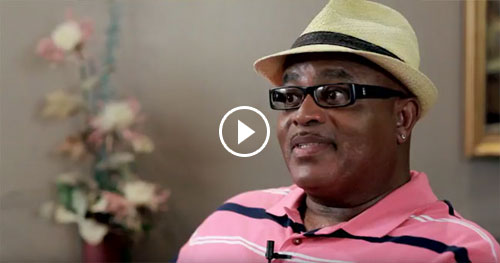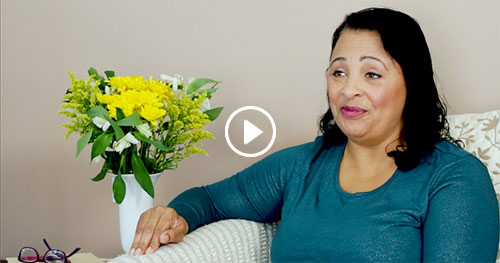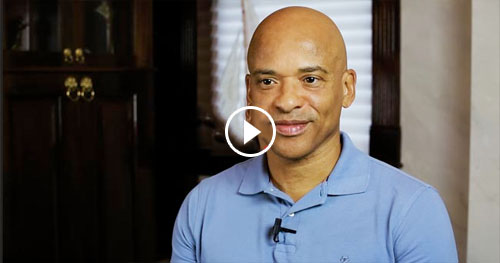7 Leading Causes of Motorcycle Accidents and How to Prevent Them
Motorcycle accidents claim more than 5,000 lives annually in the United States. Furthermore, motorcycle deaths occur 28 times more frequently than other fatal vehicle crashes. While motorcycles offer an exhilarating riding experience, they present significant safety challenges, especially at high speeds.
Understanding the primary causes of motorcycle accidents is crucial for rider safety. By recognizing these risk factors and implementing preventive strategies, motorcyclists can significantly reduce their chances of being involved in a collision.
Common Types of Motorcycle Accidents and Prevention
1. Left-Turning Vehicle Collisions
Left-turning cars represent the leading cause of motorcycle accidents, accounting for nearly half of all motorcycle-vehicle collisions. These incidents typically occur when drivers fail to see motorcyclists or misjudge their speed while turning at intersections.
Prevention Strategies:
- Watch for vehicles positioned at intersections waiting to turn
- Anticipate potential hazards near traffic gaps at intersections
- Reduce speed when you notice drivers “inching” forward
- Focus on the vehicle’s wheels for early turning indicators
- Maintain awareness of surrounding traffic to avoid rear-end collisions while braking
Never “lay down the bike” in emergency situations. Instead, use both brakes to reduce speed as much as possible before impact. Even a 10-mph speed reduction can mean the difference between survivable and fatal injuries.
2. Lane-Switching Accidents
Motorcycles easily disappear into vehicle blind spots, making lane changes particularly dangerous. When cars merge into occupied space, motorcyclists often have little time to react.
How to Stay Visible:
- Position yourself where drivers can see their mirrors
- Monitor turn signals and wheel movements
- Watch for drivers checking mirrors or turning heads
- Quickly move out of blind spots when detected
3. Rear-End Collisions
Motorcycle rear-end accidents, commonly called “fender benders” in car crashes, frequently prove fatal for motorcyclists due to their lack of protection.
Protection Methods:
- Move to the lane’s edge when stopping
- Flash brake lights by tapping the brake lever
- Keep the motorcycle in gear with your hand on the throttle
- Monitor traffic behind you, especially in poor visibility conditions
4. Head-On Collisions
Crashes involving motorcycles and other vehicles account for 56 percent of all motorcycle-related deaths. Most of these involve frontal impacts, which are typically fatal for motorcyclists.
The 4 Rs of Head-On Collision Prevention:
- Reading the road ahead continuously
- Riding to the Right in your lane
- Reducing speed when necessary
- Riding off the road as a last resort

5. Lane Splitting Risks
Lane splitting involves riding between two lanes of slow-moving or stopped traffic. While legal in some states, this practice creates dangerous conditions due to:
- Close proximity to vehicles
- Limited maneuvering space
- Driver’s lack of expectation for passing motorcycles
- Increased likelihood of door openings
In Virginia, lane splitting is illegal. However, where permitted, ensure adequate space exists before attempting to pass between vehicles.
6. Door-Opening Incidents
Parked car doors opening unexpectedly create serious hazards for motorcyclists. This scenario occurs frequently because people rarely anticipate motorcycles approaching from traffic lanes.
Avoidance Tactics:
- Never ride between parked cars and active traffic
- Maintain safe distance from parked vehicles
- Brake immediately if a door opens unexpectedly
- Stay alert for pedestrians and cyclists in the “death zone”
Alcohol-Related Motorcycle Accidents
Alcohol contributes to 50 percent of all motorcycle accidents. Additionally, 28 percent of motorcyclists killed in 2017 were intoxicated. The social nature of motorcycle riding sometimes leads to poor decision-making regarding alcohol consumption.
Safe Riding Practices:
- Never drink and ride
- Limit alcohol consumption to one drink per hour with a three-drink maximum
- Plan alternative transportation when drinking
- Use rideshare services rather than risk DUI charges or accidents
Remember that motorcycle helmets, while they saved 1,859 riders in 2016, don’t provide protection from alcohol impairment.
Legal Support After Motorcycle Accidents
Despite following safety precautions, motorcycle accidents can still occur. When they do, having experienced legal representation becomes essential for protecting your rights and securing proper compensation.
If you’ve been injured in a motorcycle accident, contact Decker Law today. Our experienced attorneys understand the unique challenges motorcyclists face and work diligently to ensure fair treatment under the law. Learn more about our experience and qualifications or read what past clients have said about us.














